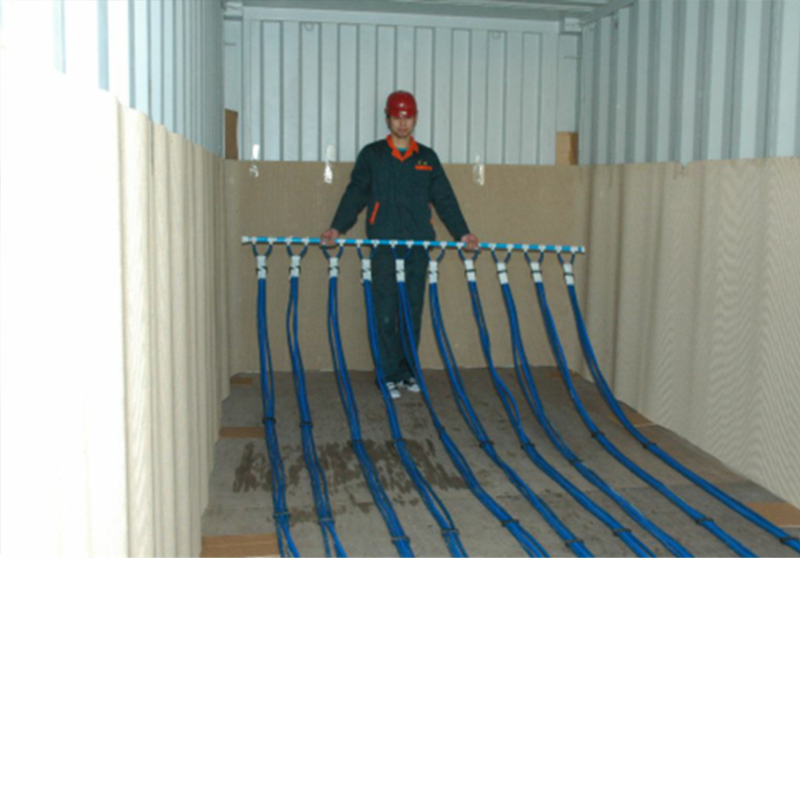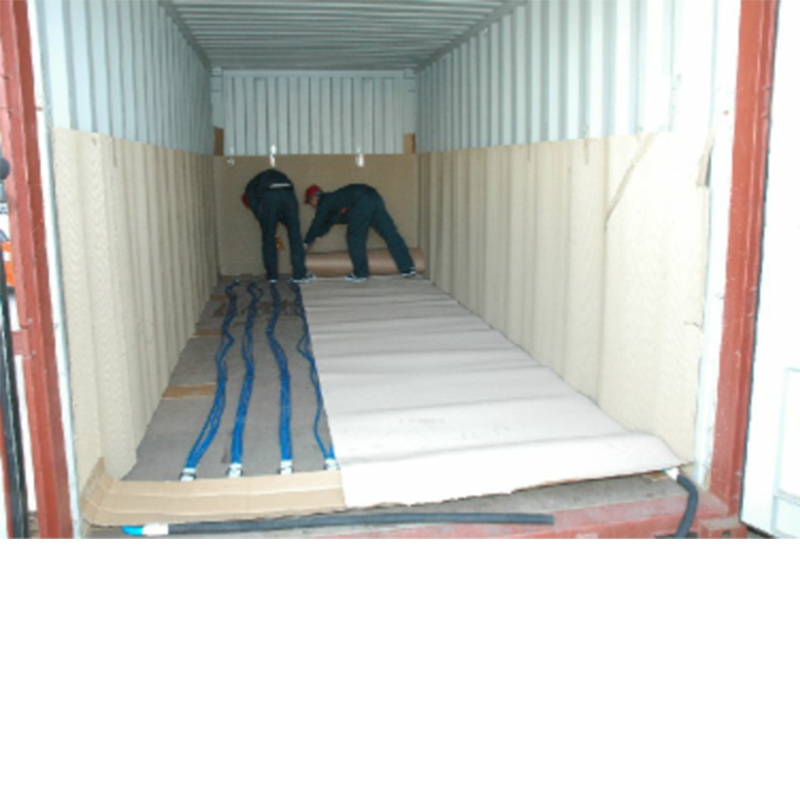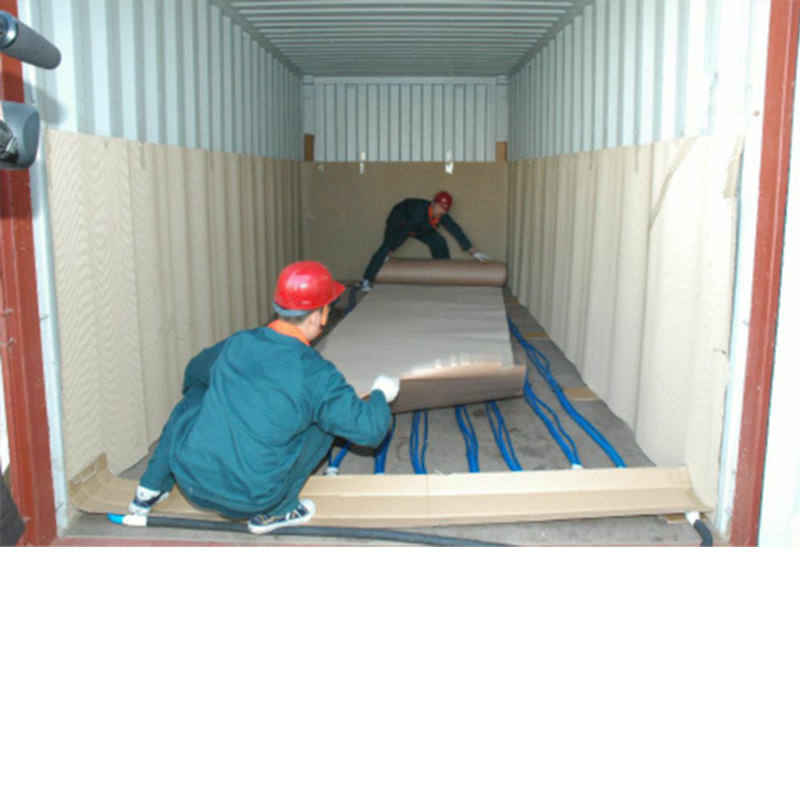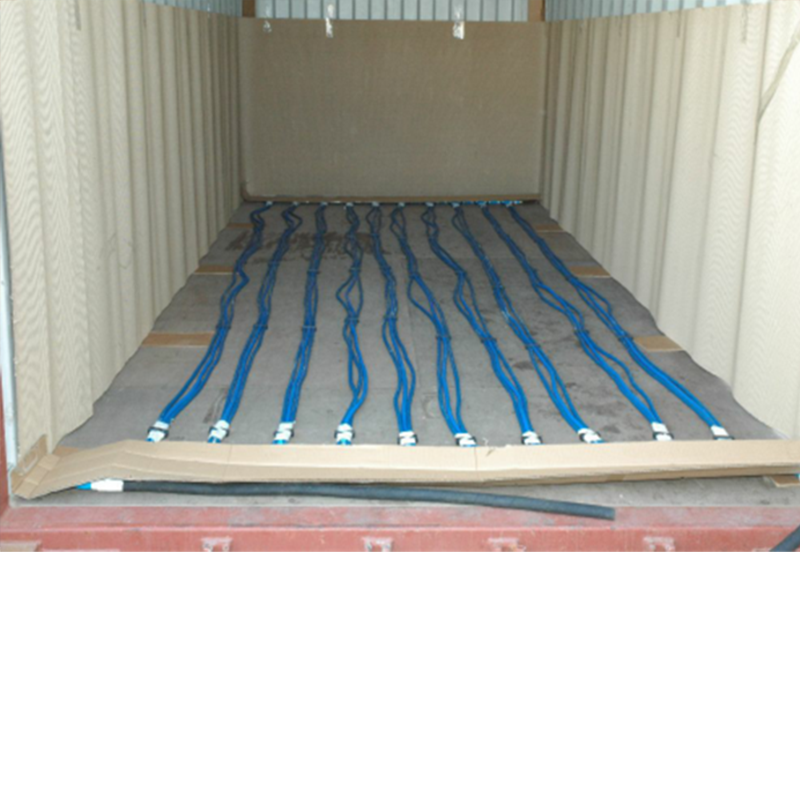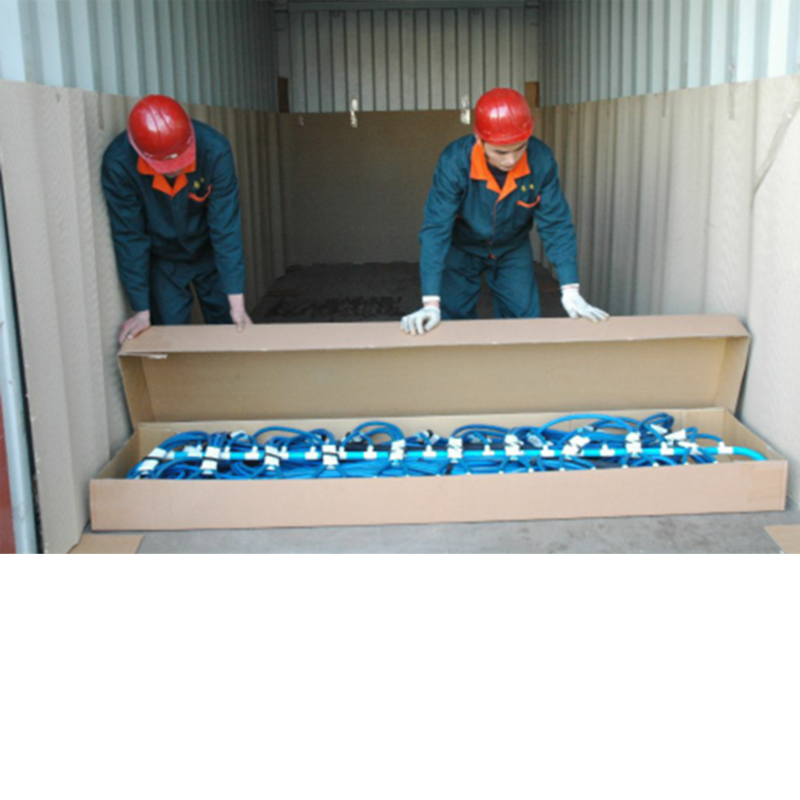Flexibag Heater Pad: Enhancing Bulk Liquid Transport Efficiency
A flexibag heater pad is a specialized accessory designed to maintain or raise the temperature of liquids transported in flexitanks (flexibags). By ensuring that temperature-sensitive liquids remain in their optimal state during storage, heater pads prevent solidification or viscosity changes that could compromise the product’s quality or handling.
Key Features of Flexibag Heater Pads
1. Material Composition:
* Made from heat-resistant, durable materials such as reinforced polypropylene or rubber.
* Equipped with embedded heating elements for uniform heat distribution.
2. Compatibility:
* Designed to fit standard container sizes used for flexibags, typically 20-foot containers.
* Easy integration with existing flexibag setups.
3. Temperature Control:
* Capable of maintaining consistent temperatures or reheating liquids to their required state.
* Adjustable temperature settings for precise control.
4. Energy Efficiency:
* Low power consumption design to reduce operational costs.
* Even heating minimizes energy wastage.
Applications of Flexibag Heater Pads
Heater pads are essential in industries where liquid products are sensitive to temperature changes, such as:
1. Food and Beverage:
* Maintaining the viscosity of edible oils, syrups, and molasses.
* Preventing freezing of fruit juices or other liquid products.
2. Chemical Industry:
* Heating viscous chemicals like glycerin, latex, or adhesives for easy discharge.
* Ensuring the stability of non-hazardous chemicals during transit.
3. Pharmaceuticals:
* Protecting liquid formulations that require specific temperature ranges.
4. Agriculture:
* Preventing solidification of liquid fertilizers, feed supplements, or molasses.
Benefits of Using Flexibag Heater Pads
1. Improved Efficiency:
* Reduces the time required for unloading temperature-sensitive liquids by maintaining or restoring fluidity.
2. Ease of Use:
* Quick and straightforward installation beneath the flexibag.
* Requires minimal additional equipment or setup.
3. Cost-Effectiveness:
* Eliminates the need for expensive refrigerated containers or specialized heating systems.
* Energy-efficient design minimizes operational costs.
4. Versatility:
* Suitable for a wide range of liquids across industries.
How Flexibag Heater Pads Work
1. Placement:
* The heater pad is installed at the base of the container, beneath the flexibag.
2. Operation:
* The pad is connected to an external steam source to activate its heating elements.
* Heat is evenly distributed across the flexibag’s base, gradually warming the liquid.
Limitations
* Steam Dependency: Requires about est. 48 – 72 hours (depending on nature of product) to warm the liquid
Conclusion
Flexibag heater pads are an indispensable tool for transporting temperature-sensitive liquids in bulk. As industries continue to demand cost-effective and sustainable solutions, heater pads are poised to play a critical role in advancing flexibag technology and expanding its application across diverse sectors.
| Model | FTHPad |
| Item | Flexibag Heater Pad (by Steam) |
| Material | Oil Resistance Rubber Hose |
| Inlet Hose ID | 20mm ± |
| Outer Hose ID | 20mm ± |
| Main Body Hose | 6mm ± |
| Total Hose Length | 250m |
| Working Pressure | ≤ 0.36Mpa (3.6bar) |
| Temperature Range | ≤ 140°C |
| Size | 2100mm x 5350mm ± 20 |
| Package Dimension | 2200mm x 400mm x 200mm |

